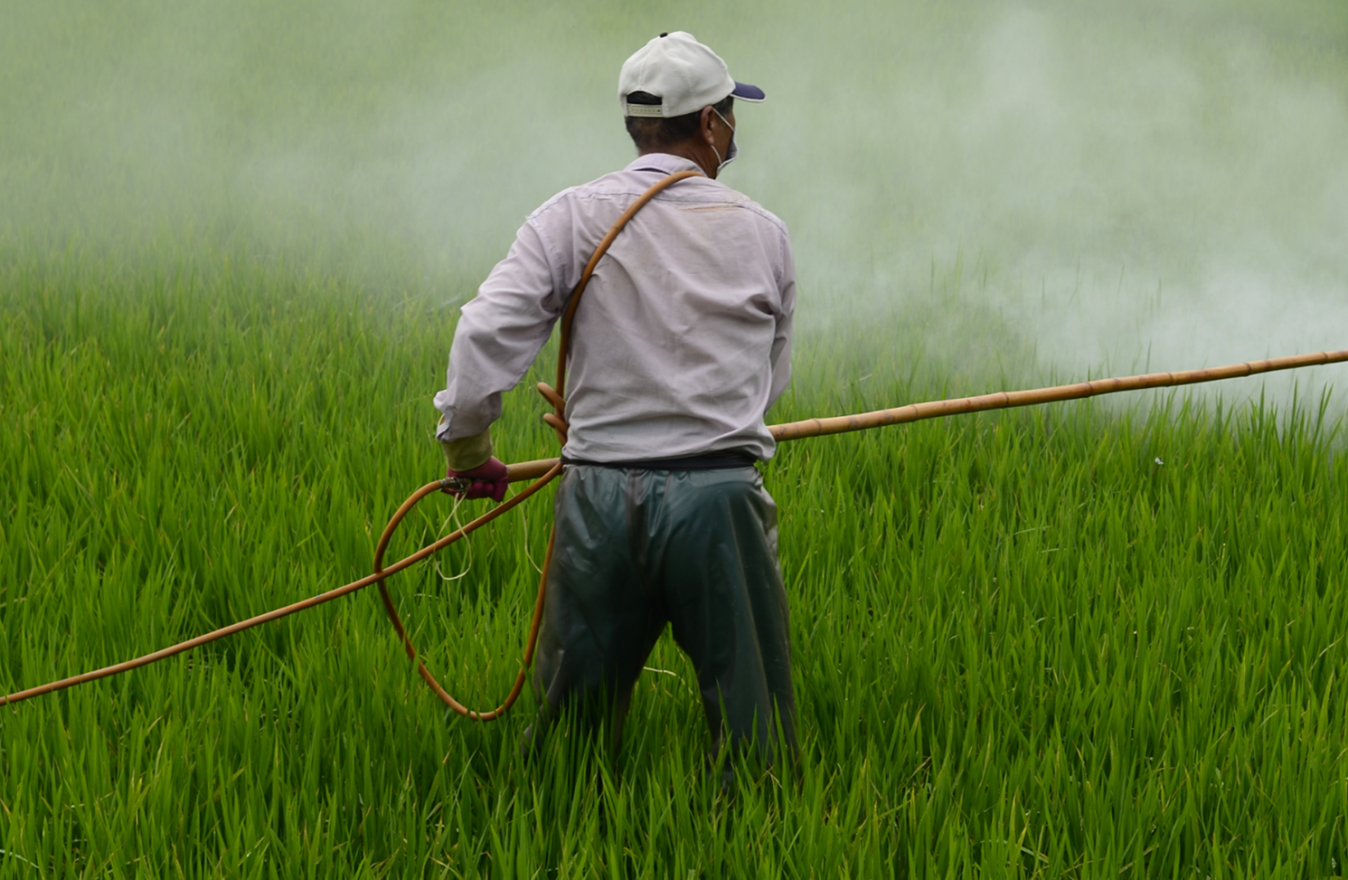
A worker sprays a field with pesticide. (phhere.com/Public Domain)

A worker sprays a field with pesticide. (phhere.com/Public Domain)
“There’s not a single farmer you will ever find that says ‘yes, I want there to be polluted water.’ What they say is, ‘you have no idea how hard my life is, and now you’re trying to make it harder.’ It’s the system they’re in that we’re struggling with.”
This quote comes from Bartlett Durand, Water Quality Partnership Director of Sand County Foundation. He is talking about the agriculture system in the United States and the pressure that large-scale industrial farming puts on agriculture workers.
For decades, it has been the norm for farmers to use practices that can pollute our waterways. Now, farmers are facing pressure from government officials to cut their polluting systems, but are under such financial strain that they can’t afford to change their land management practices.
This leaves many farmers stuck, all while officials continue to set more demanding standards and while water all over the country gets more polluted. Durand’s job is to be a neutral ground between the city officials that set water quality standards and the farmers that must follow them.
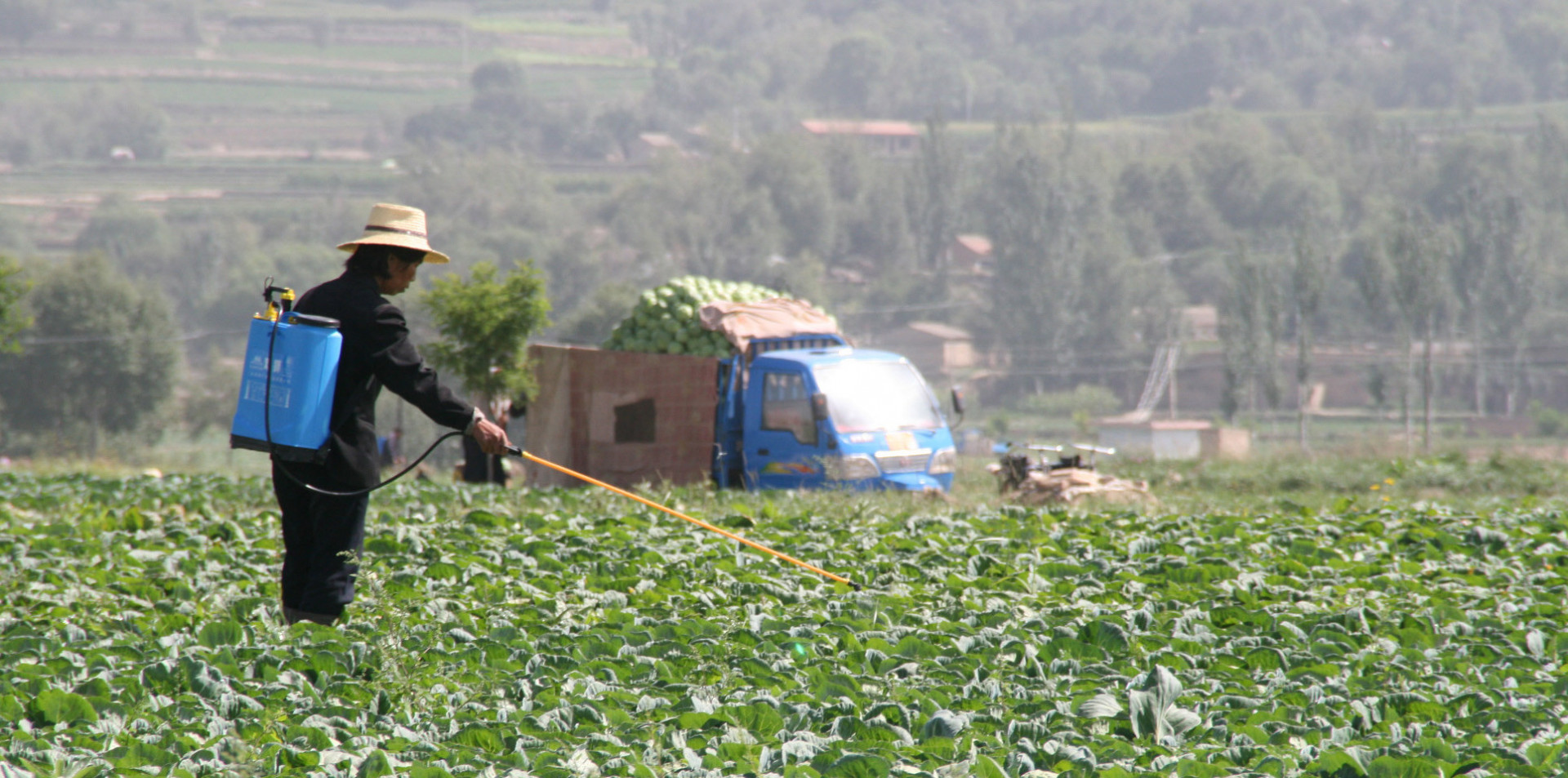
The major environmental issue driving Durand’s work is excessive algae growth, which can cause hypoxic zones, or areas in bodies of water that lack oxygen and are therefore susceptible to toxic algae blooms. All farming requires nutrients, whether through intensive soil management or added nutrients through manure or fertilizer. Without careful management or buffering areas to contain the nutrients, rains can cause soil runoff and with that, the transportation of excessive amounts of nitrogen and phosphorus to local waterways.
Just like nitrogen and phosphorus help crops grow on a large scale, they will also make the naturally occurring algae in ponds and lakes grow excessively. These overgrown algae can use up all of the oxygen in an area of water and leave none for the entire rest of the ecosystem, killing most living things in the area. The watershed becomes a dead zone.
This can happen small-scale, in local ponds, or large-scale, like in the Gulf of Mexico. The Great Lakes, which surround Durand’s home state of Wisconsin, also suffer from dead zones. In Lake Erie, for example, the hypoxic zone is sometimes as large as 3,800 square miles.
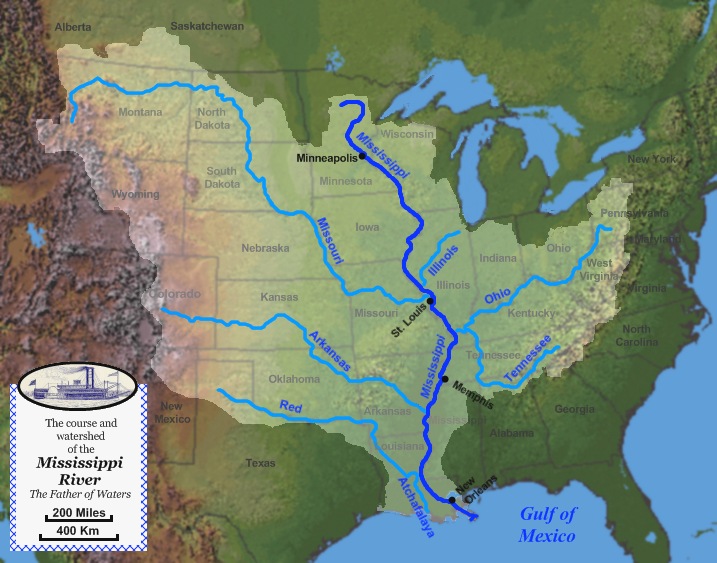
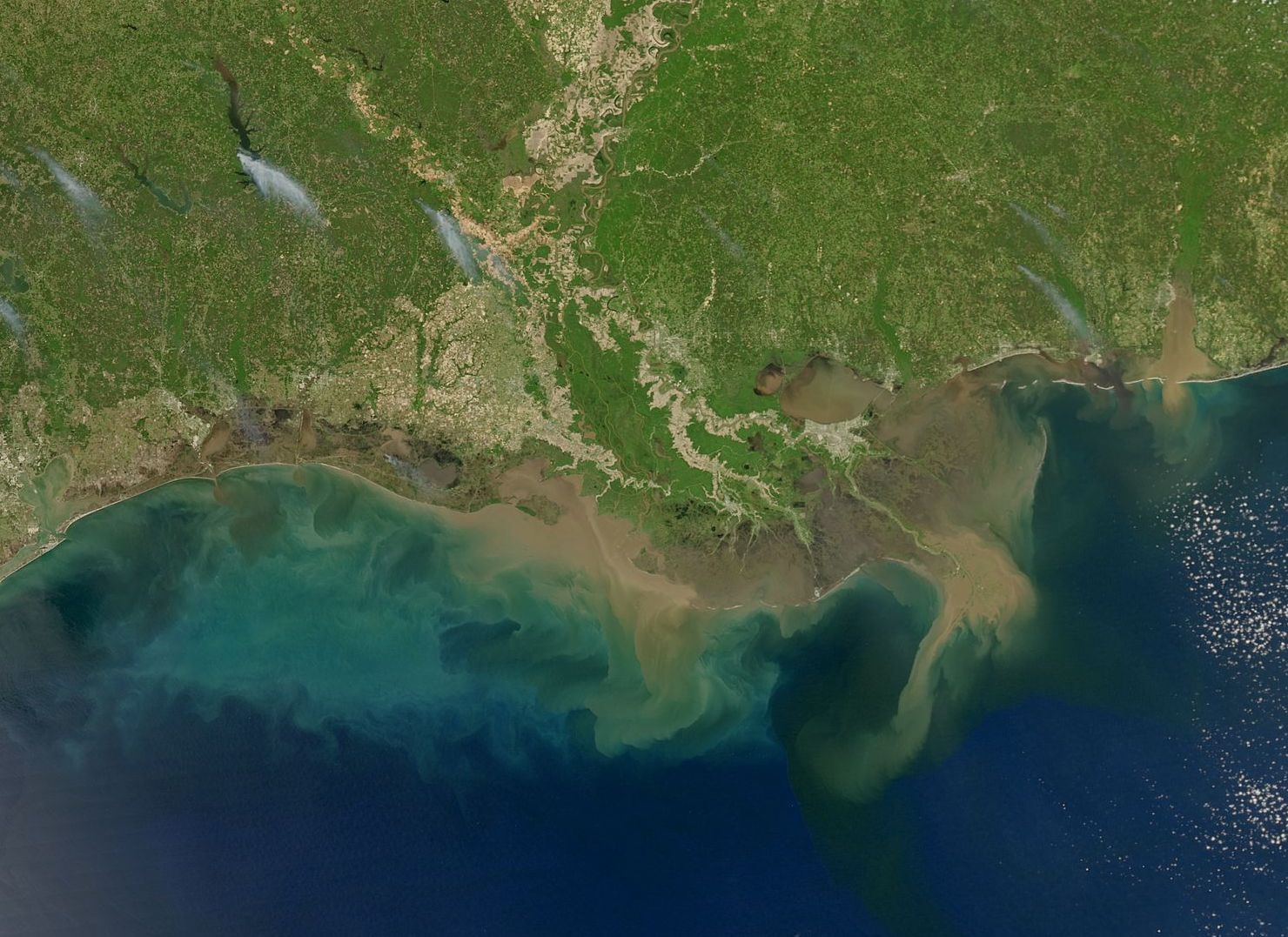
The nutrient pollution can also get into groundwater, which can be very harmful, even at low levels. Nitrogen can percolate through layers of soil all the way down to aquifers. One third of all Americans — and 95% of Americans living in agricultural areas — get their drinking water from groundwater, so this poses a real threat if left unregulated.
Officials want to set water quality standards that slow dead zone growth and keep our water clean. But behind the issue of nutrient runoff lies social tension between farmers and officials that must be smoothed over to create any progress.
“The Clean Water Act gives authority to the EPA to enforce (water quality standards,) and then the EPA gives authority to each state,” Durand says. “There are different state agencies, so it varies. The culture of each state is different, and the agriculture community is different.”
The Clean Water Act can directly regulate pollution coming from point sources, meaning they can regulate pollution that comes from a single, identifiable source, like a wastewater pipe. The EPA pushes the States to set limits on how much nitrogen and phosphorus pollution is allowed from point sources, and how much certain areas must cut their levels. Most water treatment plants were built in the 70s and 80s — before we understood the harms of excess pesticides, says Durand — and they aren’t advanced enough to filter out the nitrogen and phosphorus at the level the EPA wants. It can be expensive if not impossible for some of these plants to meet the nutrient targets set.
But some states offer the option of partnering with farmers to “trade” nutrient reductions. The responsibility then falls on the farmers to cut their personal nutrient use, asking them to change their farming practices, or to implement ways to manage field runoff.
“Farming is a brutal profession,” Durand says. “You’re running a small business with tiny margins, and you do not control your pricing. The pressure on farmers is intense. You can’t make a mistake, you have so much money invested in the equipment… to change a bunch of (equipment) at once is almost impossibly expensive. And then you have to change the management style. They say, ‘I have a rhythm. I know it. I grew up with it.’ So, it’s really a difficult thing (to change).”
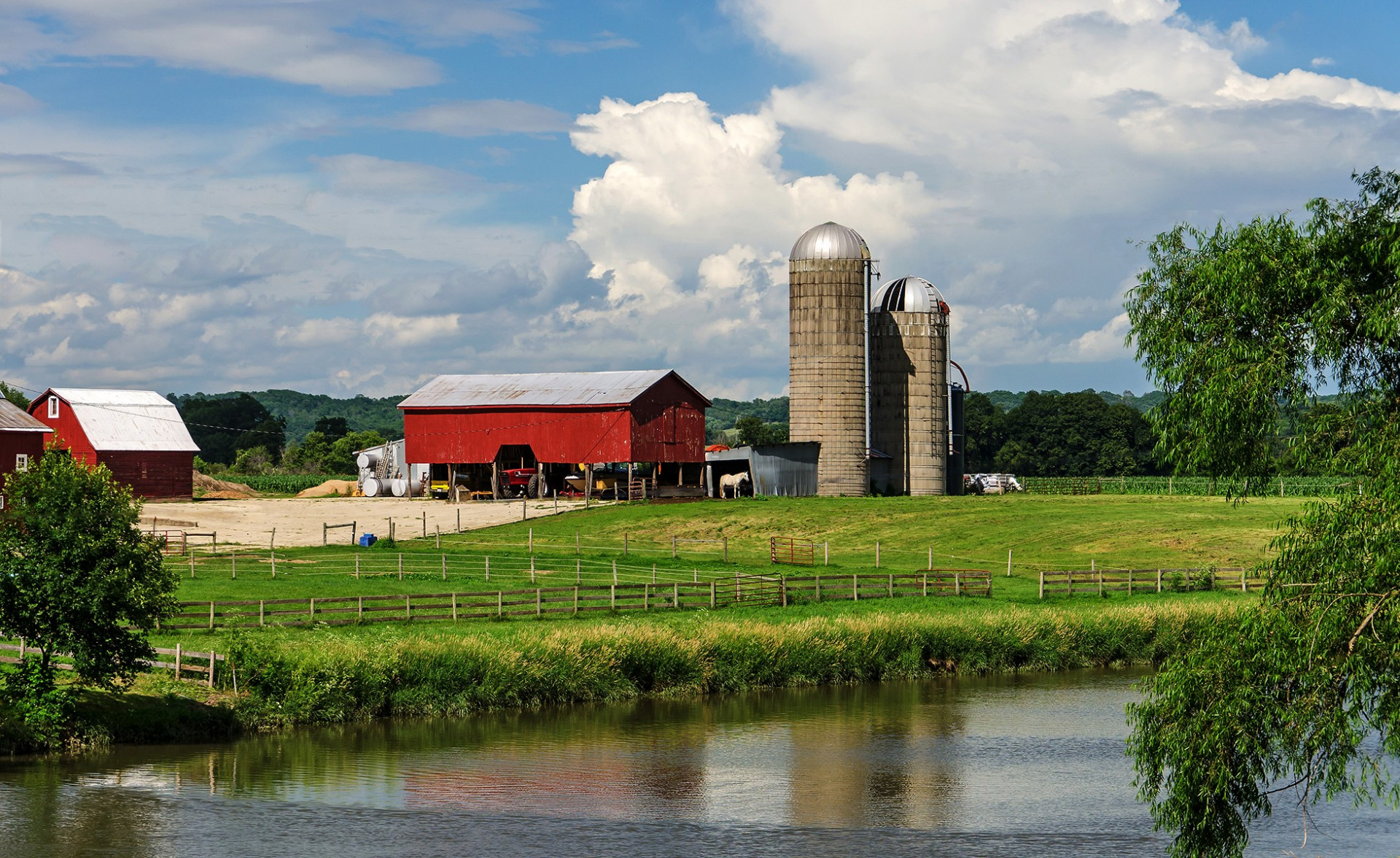
Clean Water Act administrators and farmers come to the issue of water quality with completely different backgrounds. The issue can get quite contentious, as Durand explains.
“Right now, you have engineers and regulatory people and the government enforcing a checklist, and you have people who are regulated trying to complete that checklist. Every five years they redo it and they all have to sit down and haggle over what those numbers are,” Durand says. “I come in and provide a neutral ground to help negotiate. It’s a big deal because it starts breaking down that adversarial relationship.”
Substantial progress has been made in Madison, Wisconsin. The state’s Clean Water Act administrators and the EPA allowed a pilot project for adaptive management. The project takes place in Dane County, which is predominantly an agricultural landscape. Farmland covers over 500,000 acres of the county, more than two-thirds of all the land.
“The concept was, we’re going to give you (the wastewater treatment plant) 20 years to clean up your water, and you, the municipality, are going to take responsibility for your entire watershed. So they (Dane County farmers) are committing to stop the pollution that’s happening, with a partnership approach,” Durand says. The municipality provides the goals and funding, and the farmers figure out what works best on their farm to help improve water quality overall.
The partnership approach was a game changer.
“It was irritating farmers that there wasn’t a single farmer on the committee discussing (water pollution). So one farmer leader formed a group called the Yahara Pride Farms, after the Yahara chain of lakes,” Durand says. “And that gave him the authority to get a seat at the table.”
Jeff Endres, the founder of Yahara Pride Farms, brought farmers’ voices to the forefront and set the record straight on their practices in the community.
“He started talking, ‘We need to keep nutrients on our land. We’re not just willy-nilly spreading stuff. We’re already doing a lot of sustainable things you don’t think we’re doing. We can probably do better, but you need to understand our costs.’”
Most importantly, Durand says, farmers can be part of the solution for preventing nitrogen and phosphorus runoff, and shouldn’t be treated like the enemy in water quality conversations. The enemy, Durand holds, is the system of large-scale industrial agriculture that puts farmers in this difficult position.
Yahara Pride Farms has been doing incredible work in partnerships with other organizations to reduce their nutrient runoff. The farmers get to choose how to spend the money they’re given from the city for conservation practices together, and share the benefits.
“The first thing they did was hire their own agronomist to work with them. Instead of having to rely on the government,” Durand says. “It’s been wildly successful. You get a group of farmers together, and ‘Why don’t we all buy our cover crop seed in bulk? Why don’t we all buy one piece of equipment together that we can share to do our cover cropping?’ Once you get the farmers together, it is a huge plus. People can be so inspired by these partnerships.”
Durand’s work facilitating partnerships and open conversation is essential going forward in the struggle for clean water and healthy watersheds.
“Water is the most immediate system that is dramatically not working and that we have to make changes on,” Durand says. “There are ways we can rally around that system to change it. Because water is so fundamental to life.”